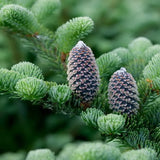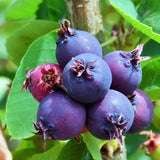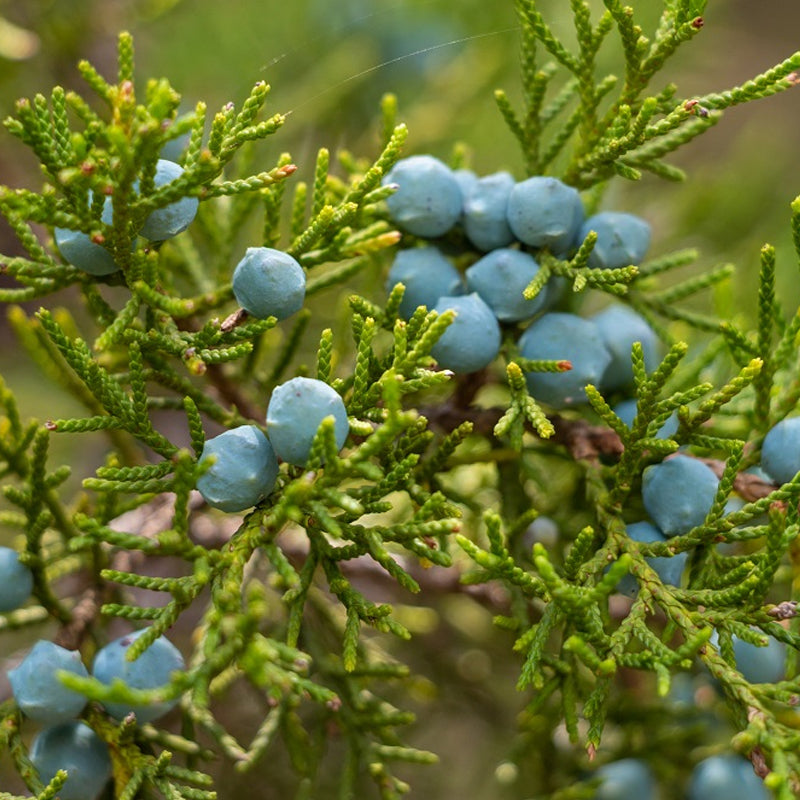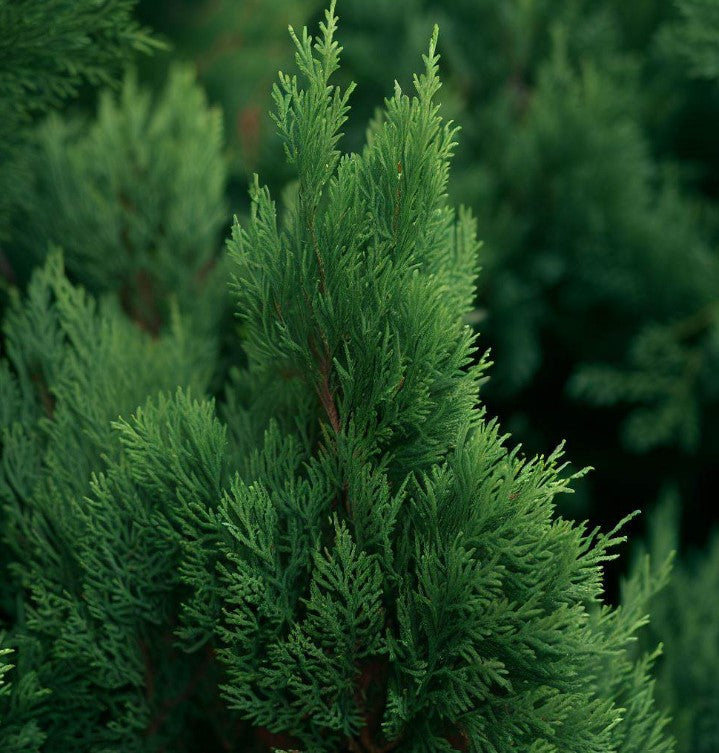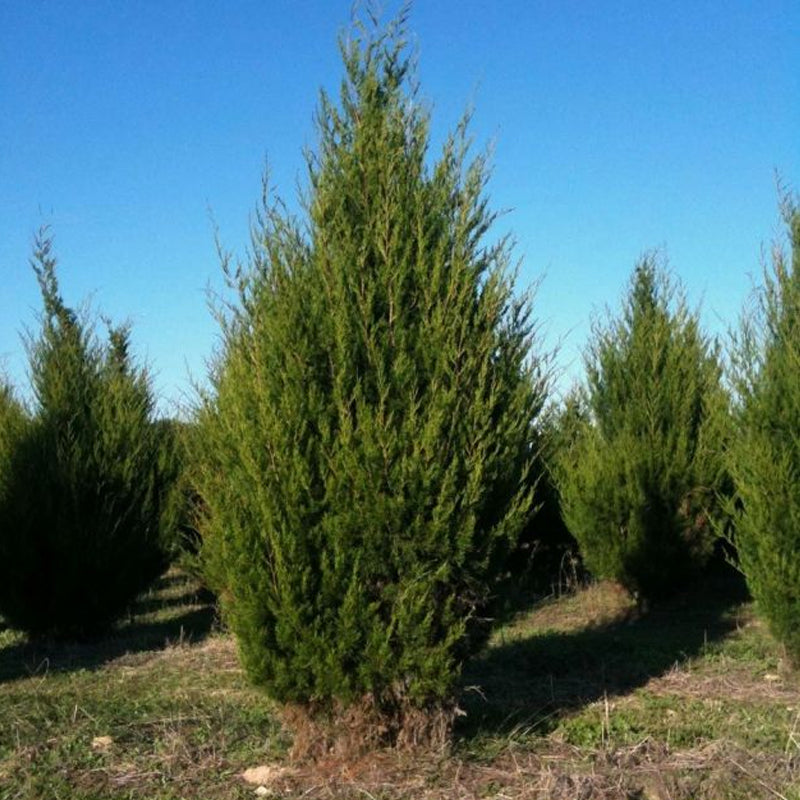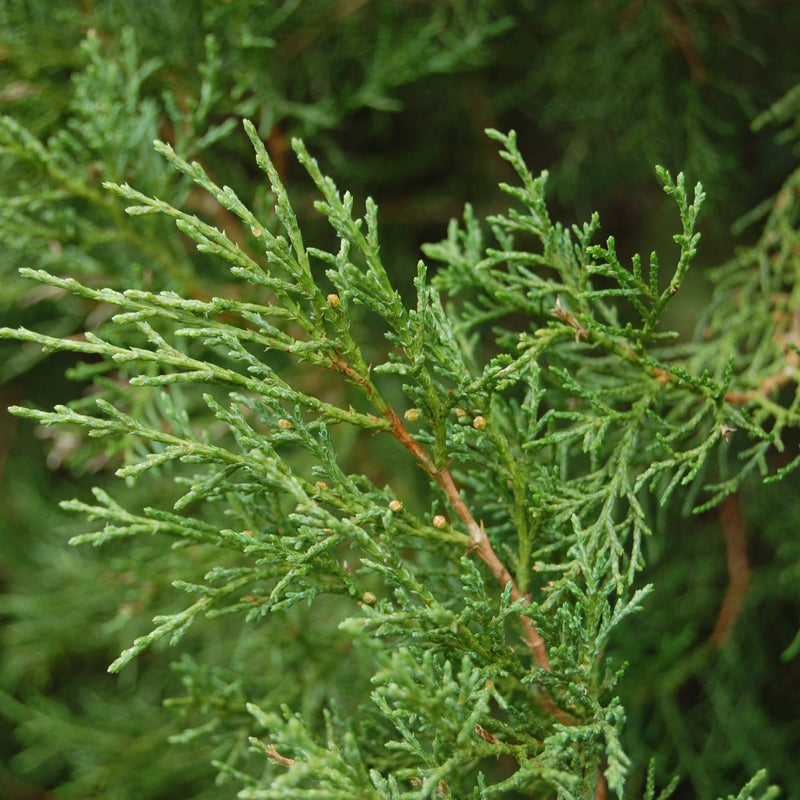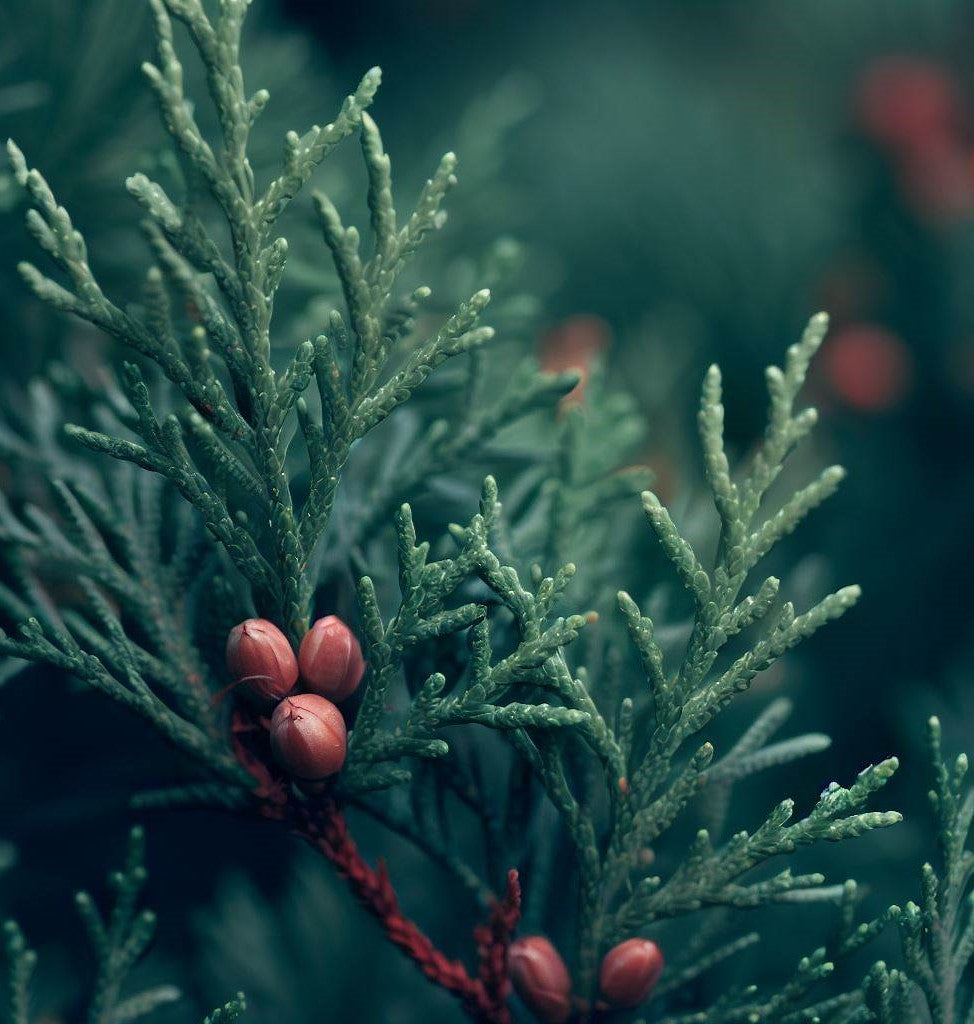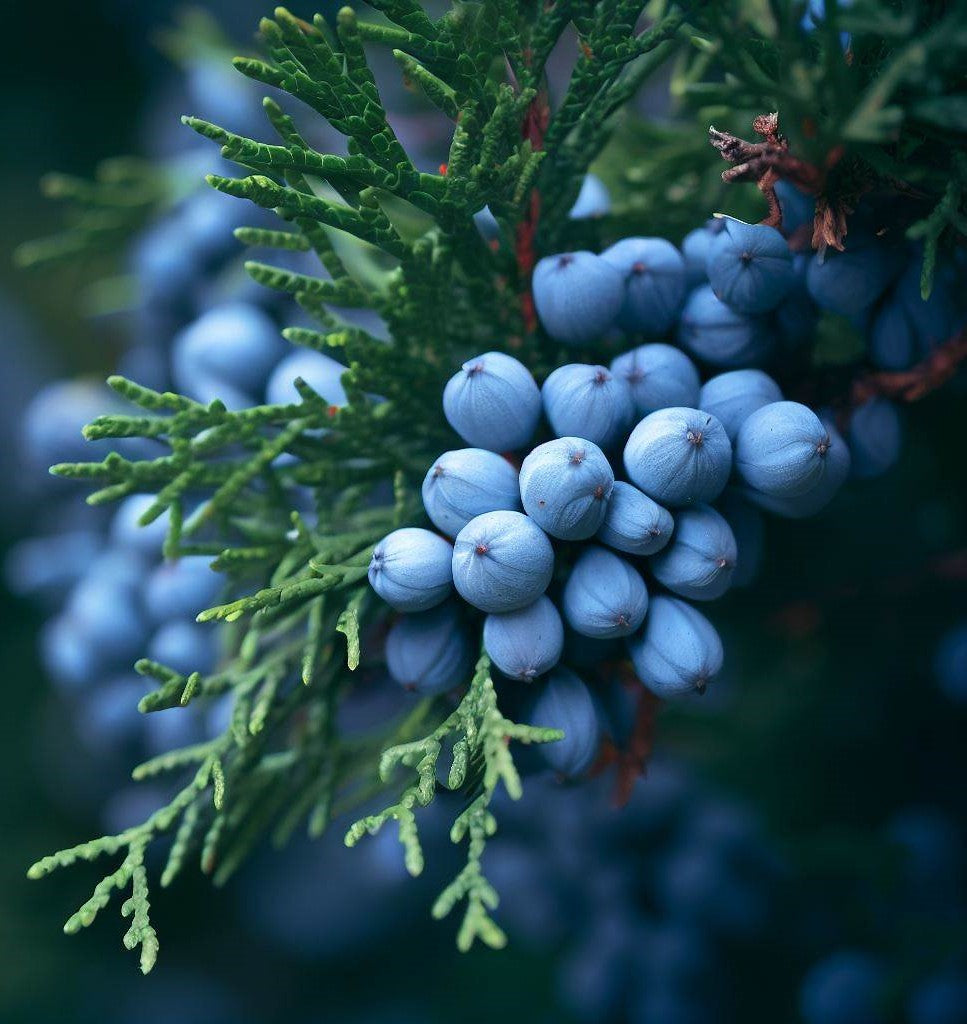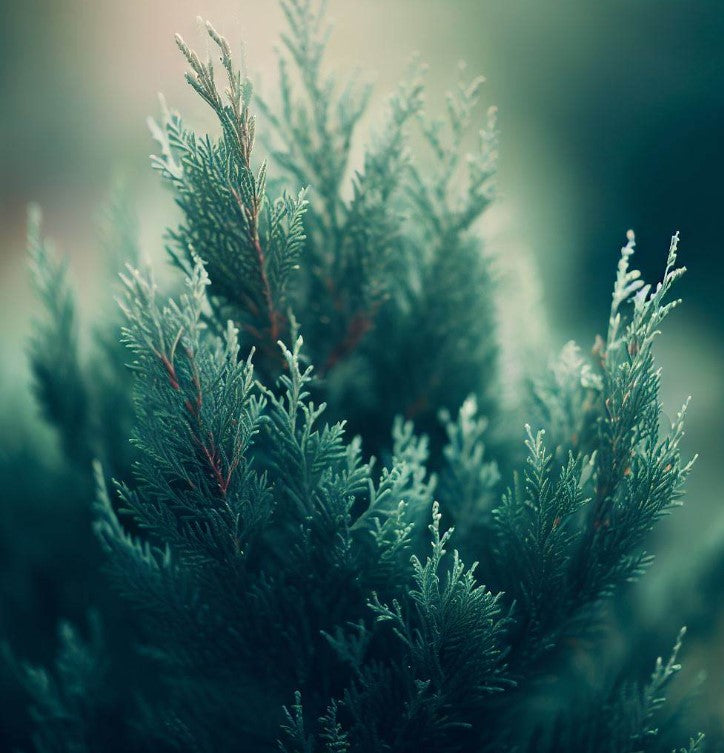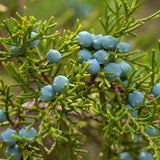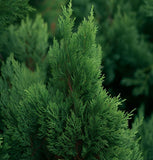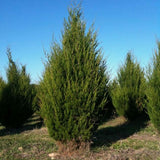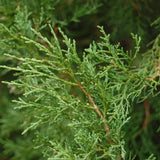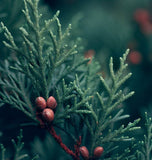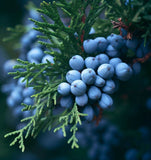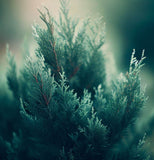Juniperus virginiana (Eastern Red Cedar, Virginia Cedar)
Juniperus virginiana (Eastern Red Cedar, Virginia Cedar) is a species of evergreen coniferous tree native to eastern North America. It belongs to the Cupressaceae family and is known for its distinctive appearance, aromatic wood, and ecological significance
Physical Characteristics: Eastern Red Cedar is a medium-sized tree that can reach heights of 10-20 meters (33-66 feet), but occasionally grows taller. It has a conical to columnar shape with a narrow crown. The tree's bark is reddish-brown and fibrous, often peeling off in thin strips. The foliage consists of scale-like leaves that are dark green on the upper surface and lighter green underneath. The tree's branches have a spreading habit, and the wood has a characteristic reddish color.
Fruits: Eastern Red Cedar produces small, round berry-like cones known as "juniper berries." These berries take two to three years to mature, starting out green and transitioning to a bluish-black color. The berries are covered in a whitish, waxy coating and are an important food source for birds and other wildlife. They are often used by birds like the Cedar Waxwing as a significant part of their diet.
Ecological Importance: Eastern Red Cedar has significant ecological importance, especially in areas where it is a native species. It plays a crucial role in providing habitat and food sources for various wildlife. The dense foliage offers cover and nesting sites for birds, and the tree's berries provide nutrition during the winter when other food sources may be scarce. Eastern Red Cedar also serves as a host plant for certain butterfly species.
Wood and Uses: The wood of Eastern Red Cedar is highly valued for its durability, resistance to decay, and aromatic qualities. It has a distinct reddish color, often with streaks of brown or purple. The wood is lightweight, fine-grained, and easily worked, making it popular for a variety of applications. It is commonly used in outdoor structures, furniture, chests, closets (as the wood's aroma helps repel moths), and decorative items.
Cultivation and Adaptability: Eastern Red Cedar is adaptable to a range of soil types and growing conditions. It is tolerant of drought, heat, and poor soils, making it a hardy and versatile tree. It is often planted for erosion control, windbreaks, and in reforestation efforts. The tree's ability to establish in disturbed areas also contributes to its widespread distribution.
Botanical Name : Juniperus virginiana
Common Name : Eastern Red Cedar
Height : 40 – 50 ft
Spread : 20 ft
Germination Info : Seed requires 30 days warm stratification followed by 90-120 days cold stratification
Hardiness zone : 3-9
Average seed per ounce : Approx. 2625
Germination Range: 60-80%

